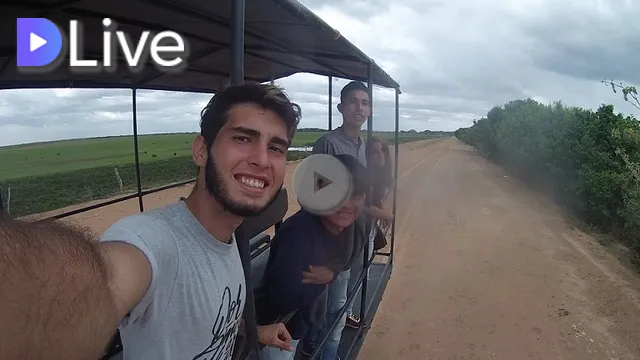Continuing with my previous post, A travel history - Free Safari Tour and a climb to a tower 60 meters high, i show you the video we show in the university to the class
The video is in spanish but here is the translate of what the turistc guide says:
Birds, here are more than all birds, here we have more than 480 species of birds of the 1400 that exist in Venezuela. Also all the animals of the Venezuelan fauna live here in the herd, they have their place and that is because here hunting has not been practiced here for more than 40 years. Then they live naturally and are depredated in their natural form, among themselves.
There are animals that are native to this area as birds, more than all birds, which are only available here. And there are other birds that are emigrants, come from North America and from the South ,Chile and Argentina.
There is only one animal that has been introduced because that was exterminated from the plains of Venezuela, it is the famous Crocodile of the Orinoco. The animal was brought very small and now there are several adults and the eggs are collected, taken to the farm until the crocodile measures 1 meter and then it is released throughout Venezuela and in that way we ensure its survival.
We have mammals and we have reptiles like the babo and the orinoco crocodile.
There are felines like Puma, Kunaguaro, La Onza, Tigers and they have seen Jaguars but those are far away from here.
What other animals are there? There are poisonous snakes like the rattle.
There are also rodents like the Chiguire, which is the largest rodent in the world.
And in itself, the items of the herd apart from the production of cattle, are buffalo cattle, preservation and conservation of the Chiguire, because that animal is in danger of extinction and also occurs once a year meat chuiguire, that is practiced more than 40 years There is fish production in several streams. There is also agriculture production from time to time such as Corn, Rice.
There is also the part of tourism, the type of tourism we do here is the observation of animals. We do not bother them, we do not scare them, and that makes alot tourists come nationally and internationally.
My video is at DLive
